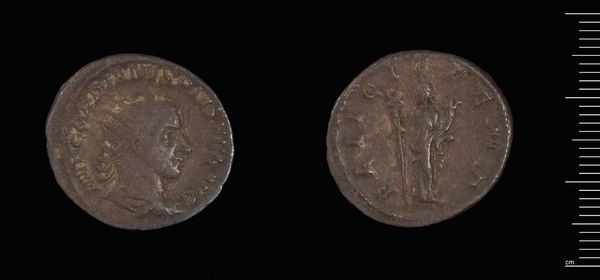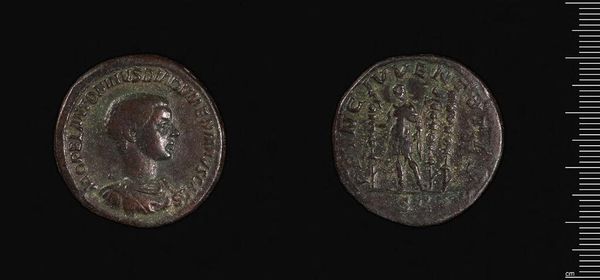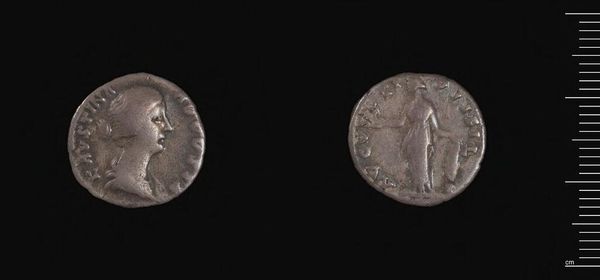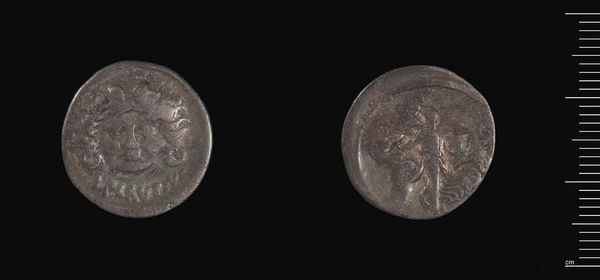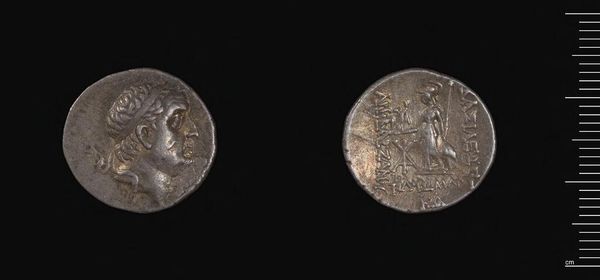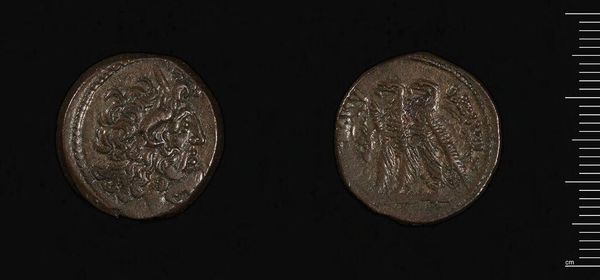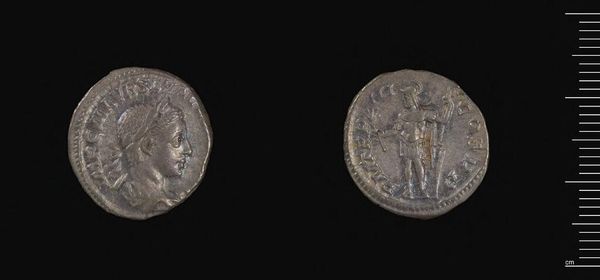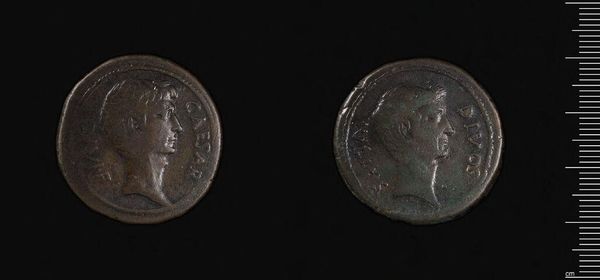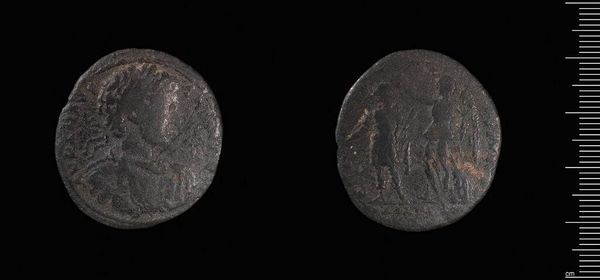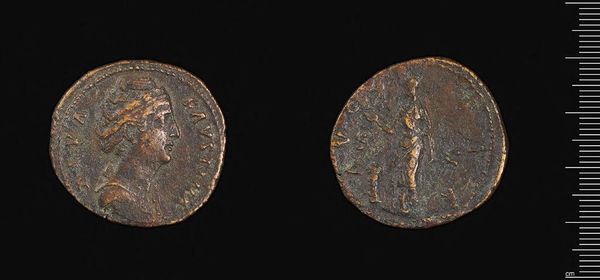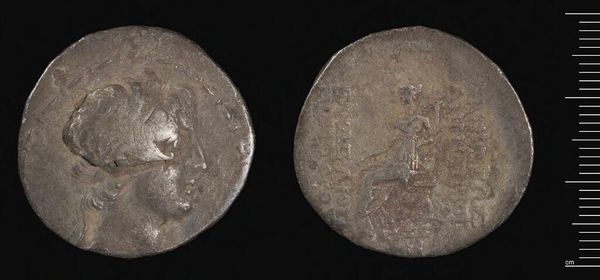
Dimensions: 26.64 g
Copyright: CC0 1.0
Editor: This is a Sestertius of Faustina I, located at the Harvard Art Museums. Looking at the worn details, I wonder about the power dynamics at play. How was her image used and controlled, and what did it signify to the people? Curator: Exactly. Consider how Roman imperial women, often denied direct political power, had their likenesses circulated on coinage. This wasn't merely portraiture; it was strategic propaganda. What messages were these images meant to convey about female virtue and imperial stability? Editor: So, even something as small as a coin became a tool for projecting a specific image of the imperial family? Curator: Precisely. And consider how Faustina's deification after death further solidified her idealized image. This coin is a potent reminder of how power and representation intersected in Roman society. I wonder how this would impact the status of women? Editor: It’s fascinating to think about the layers of meaning embedded in such a small object. Thanks for pointing that out. Curator: Of course. The coin prompts us to think critically about how power is visualized and disseminated, even today.
Comments
No comments
Be the first to comment and join the conversation on the ultimate creative platform.
